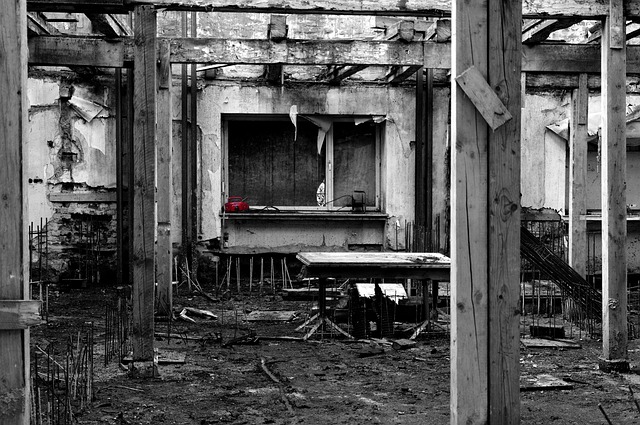Unlocking the Power of Color Conversion in Photography Layers
Every photographer knows that color is not just an aesthetic choice—it’s a powerful tool that can evoke emotions, create mood, and tell a story. In our digital age, mastering color conversion can elevate your photography, turning simple snapshots into dramatic visual narratives. With an understanding of optics, camera techniques, and the layers of digital photography, you can manipulate color to achieve stunning results.
The Magic of Layers in Photography
At the heart of digital photography lies the concept of layers. Much like a painter builds depth on a canvas, layers in photo editing allow you to add depth and complexity to your images. Whether you are working with Adobe Photoshop or other editing software, managing layers effectively is essential for any photographer aiming to perfect their craft.
Understanding Color Conversion Techniques
Color conversion refers to the process of changing the color scheme of an image. This can be achieved through various techniques, such as adjusting hues, saturation, and brightness levels. A simple change in color can dramatically alter the mood of a photograph. For instance, converting a bright landscape into monochrome can create a somber, nostalgic feel, while boosting the vibrancy of colors can evoke excitement and energy.
Using Optics to Enhance Color
Before you even touch the editing software, the choices you make with your camera play a crucial role in color conversion. The type of lens you use, the lighting conditions, and even the settings on your camera can all influence the way colors are captured. Understanding how optics interact with light can help you choose the right equipment for more vivid and precise color representation from the start.
Practical Steps for Color Conversion
To get started with color conversion, consider the following steps:
- Experiment with Filters: Using color filters during shooting can have a profound effect on the image that will save you time in post-processing.
- Adjust Camera Settings: Play with your camera’s white balance and exposure settings to see how they affect the colors captured.
- Use Layers in Editing: When editing, create separate layers for different color adjustments, allowing you to manipulate each element without affecting the entire image.
Creating Emotional Impact through Color
Each color can elicit different feelings and responses. For instance, warm tones like reds and oranges create a sense of warmth and intimacy, while cooler tones such as blues and greens can evoke serenity and calmness. As you work with color conversion, think about the emotional narrative you wish to convey through your work. A well-executed color palette can transform your photography, creating a more profound connection with your viewers.
Mastering color conversion is an essential skill for any photographer seeking to enhance their work. By understanding the interplay of layers, optics, and color theory, you can craft images that resonate with the human experience, embodying the essence of the stories you wish to tell. Now is the time to explore the vibrant world of colors in your photography, elevating your artistry to new heights!



